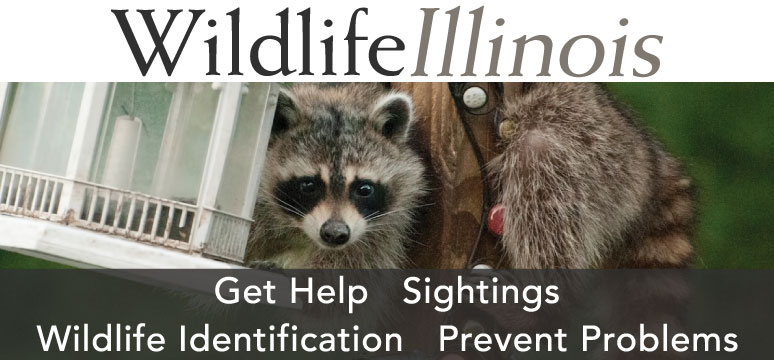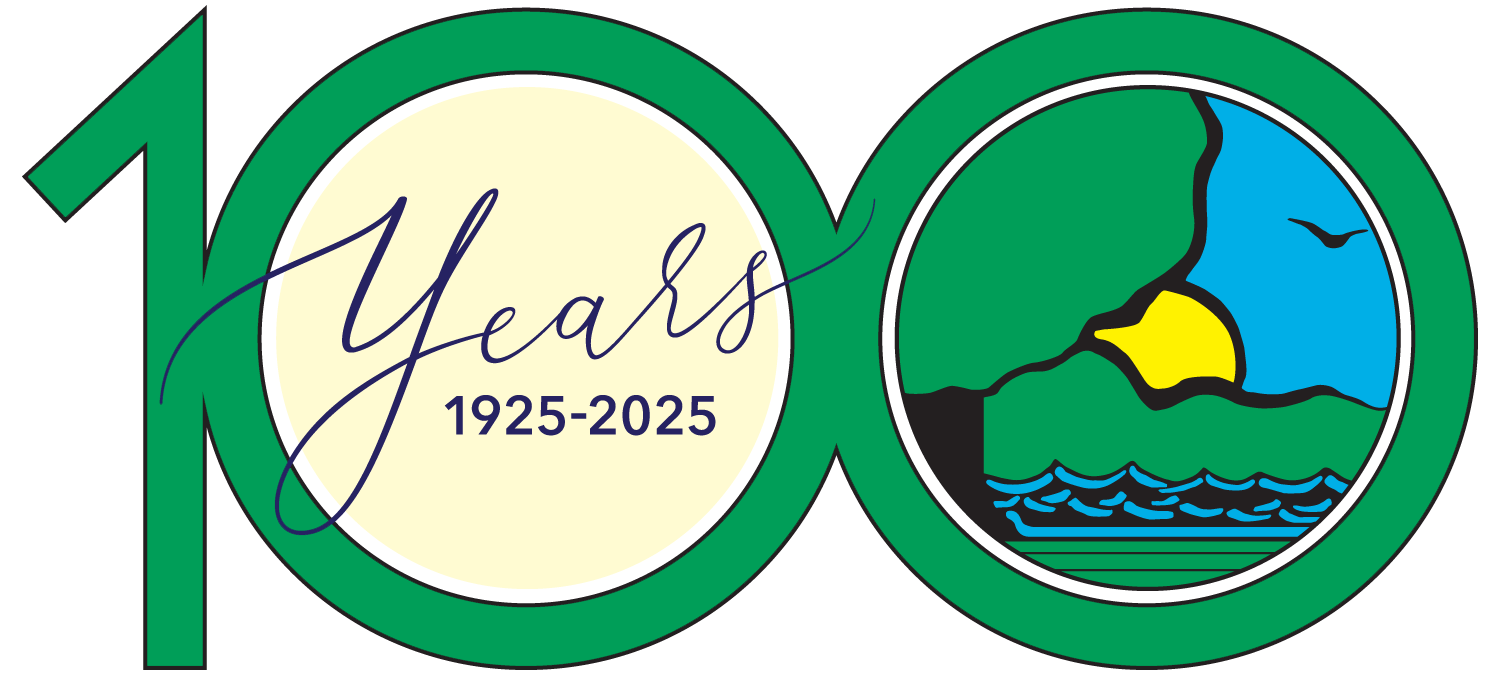
Glenn Sanders of MVHFA, Mike Sertle of Ducks Unlimited and Brian Hidden of the U.S. Fish and Wildlife Service stand in the shallow water of a recently restored wetland. Photo by Mike Budd, USFWS.



Glenn Sanders of MVHFA, Mike Sertle of Ducks Unlimited and Brian Hidden of the U.S. Fish and Wildlife Service stand in the shallow water of a recently restored wetland. Photo by Mike Budd, USFWS.
The U.S. Fish and Wildlife Service Partners for Fish and Wildlife Program (PFW) is working with the Mississippi Valley Hunters and Fishermen’s Association (MVHFA) to restore wetlands near Quincy. The PFW program began a partnership with the MVHFA in 2018 with four wetland projects completed to date. Each project fills a distinct recreational niche in the area, with two of the sites providing youth and disabled veterans hunting, and another serving as a wildlife viewing area within Quincy city limits.

The wildlife viewing area inside the Quincy city limits is especially unique. Just a few years ago, this viewing area was used as a soccer field. Unfortunately, periodic flooding made it nearly impossible to maintain the fields, let alone play soccer. When the Quincy Park District threw in the towel on soccer, they began a collaboration with the MVHFA to restore the ground to wetland habitat for wildlife. With the help of the MVHFA, PFW Program, Ducks Unlimited and several other community businesses and citizens, this ground now consists of 23 wetland acres full of ducks, grebes, shorebirds and trumpeter swans.

These projects have been great for providing recreational and education opportunities for Illinoisans, but they are also important for wetland dependent wildlife species, especially dabbling ducks. Some of these species use Illinois wetlands year-round while others use them as migratory stopover points where they gather food resources and replenish energy reserves. Dabbling ducks, such as mallards, gadwall and blue-winged teal, are just a few of the duck species present in Illinois that will frequent these wetlands. In much of Illinois, dabbling ducks use wetlands as stopover sites to replenish energy reserves to help complete their migration from their northern breeding grounds down to Arkansas or Louisiana, and then back again.
Interestingly, the foods dabbling ducks need changes depending on the season in which they are migrating. In the fall, as the ducks start migrating south, they mostly seek seeds of native grasses and forbs. Some examples are smartweed, beggarticks (a member of the aster family), foxtail grasses and millets. These seeds are high in carbohydrates and aid in building fat reserves that act as fuel to keep ducks healthy and warm over the winter. As the ducks start to head north to the breeding grounds in the spring, their diet changes to be both seed and animal based. They target invertebrates, such as snails, worms, midges and even small fish, that provide protein and essential nutrients and minerals needed for reproduction and egg development. Many studies have shown that ducks that return to the breeding grounds in good physical condition will have larger clutches and are generally more successful in reproduction. That makes having access to flooded wetlands and native food resources along their migratory routes important.

It is important to stress that partnerships with local landowners, the Quincy Park District, Mississippi Valley Hunters and Fishermen’s Association, Ducks Unlimited and everyone else made these wetland restoration projects possible. Without them, the U.S. Fish and Wildlife Service would not be able to complete such impactful habitat projects. For more information on opportunities to restore native habitat on private or city grounds, contact Brian Hidden at brian_hidden@fws.gov or Mike Budd at Michael_budd@fws.gov.
Brian Hidden is a Private Lands Biologist for the U.S. Fish and Wildlife Service, Partners for Fish and Wildlife program. He grew up in Macoupin County and enjoyed hunting, fishing and anything outdoors throughout his childhood. After high school he joined the United States Air Force, traveling the country and world for about 8 years, then finished an undergraduate degree at Oklahoma State University and master’s degree in wildlife biology at the University of Missouri. He returned to Illinois several years and enjoys restoring habitat on his old stomping grounds.
Submit a question for the author